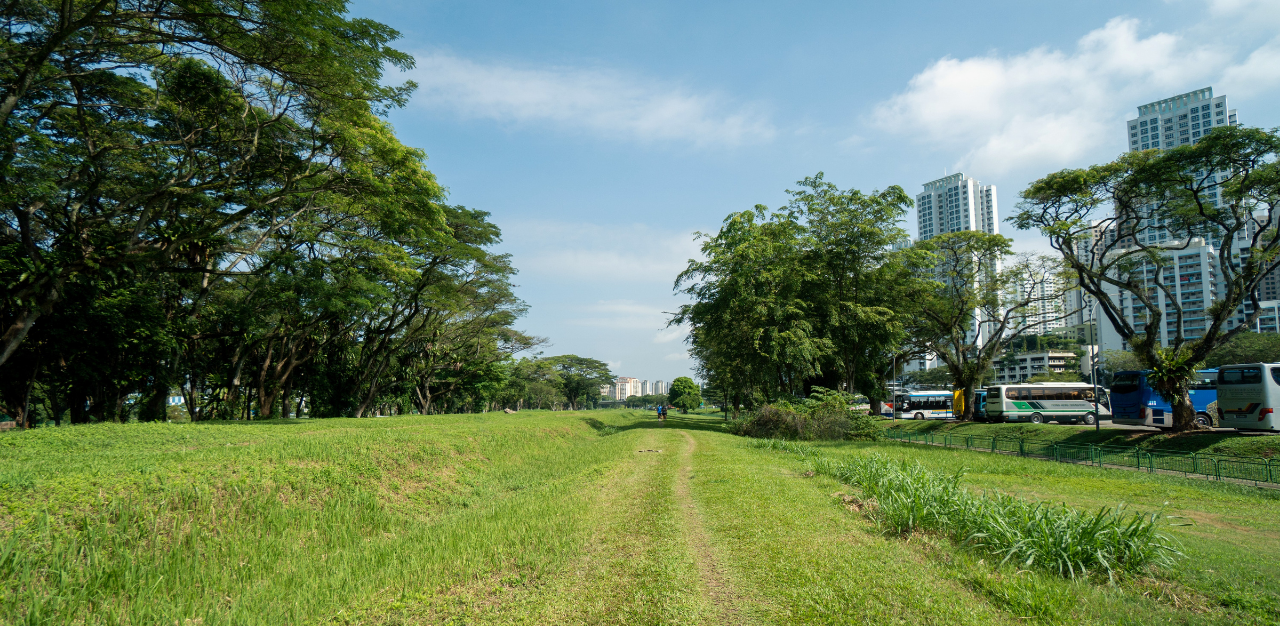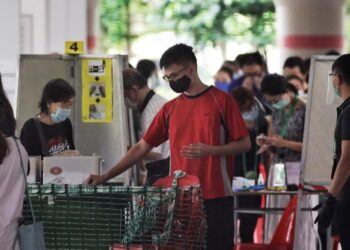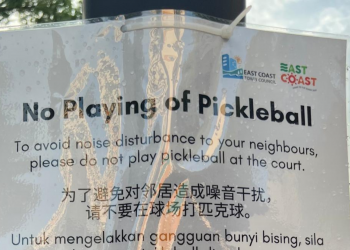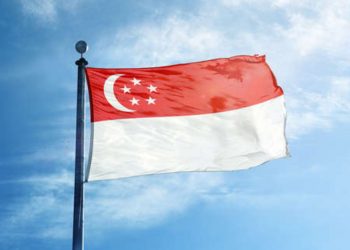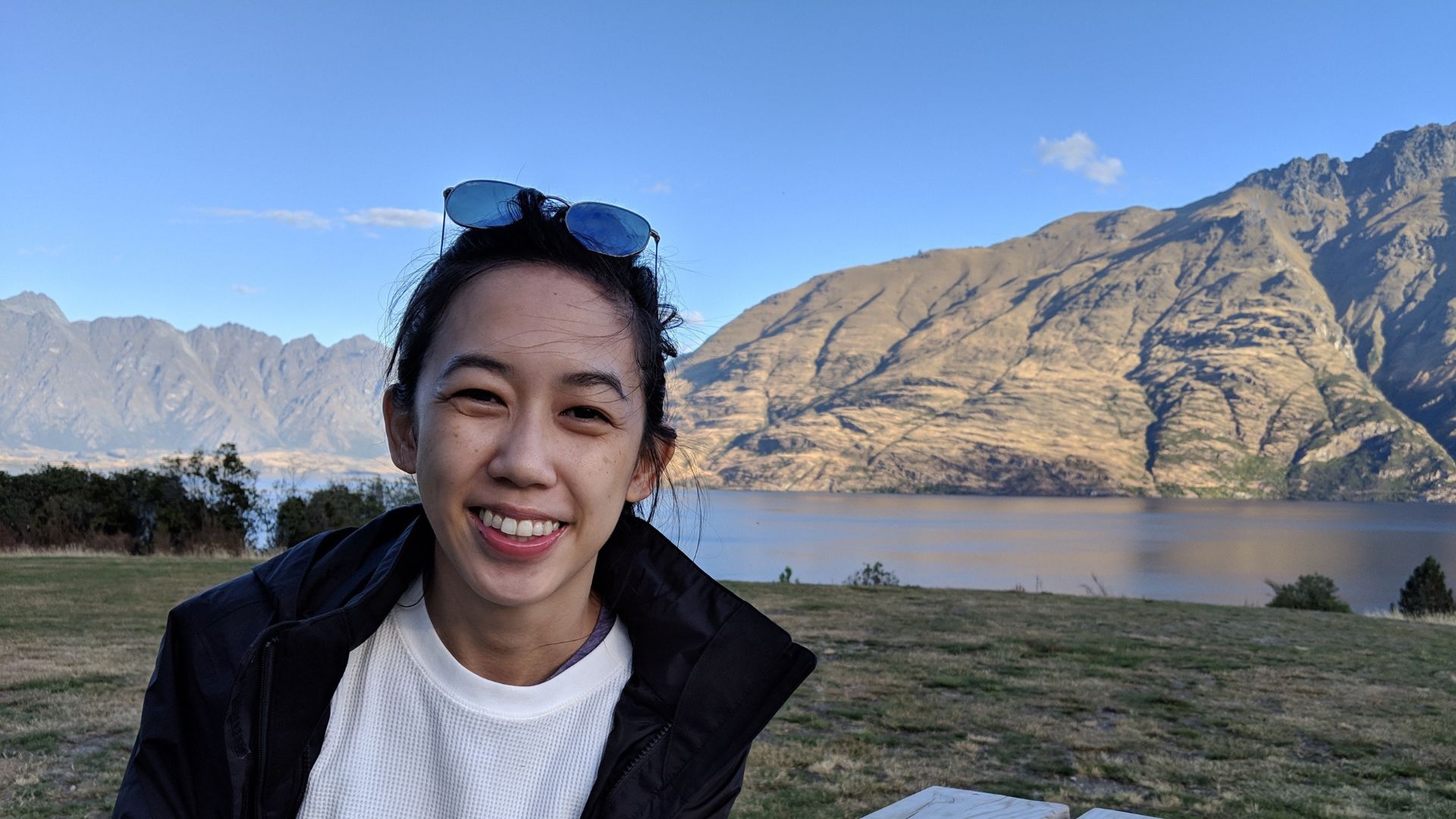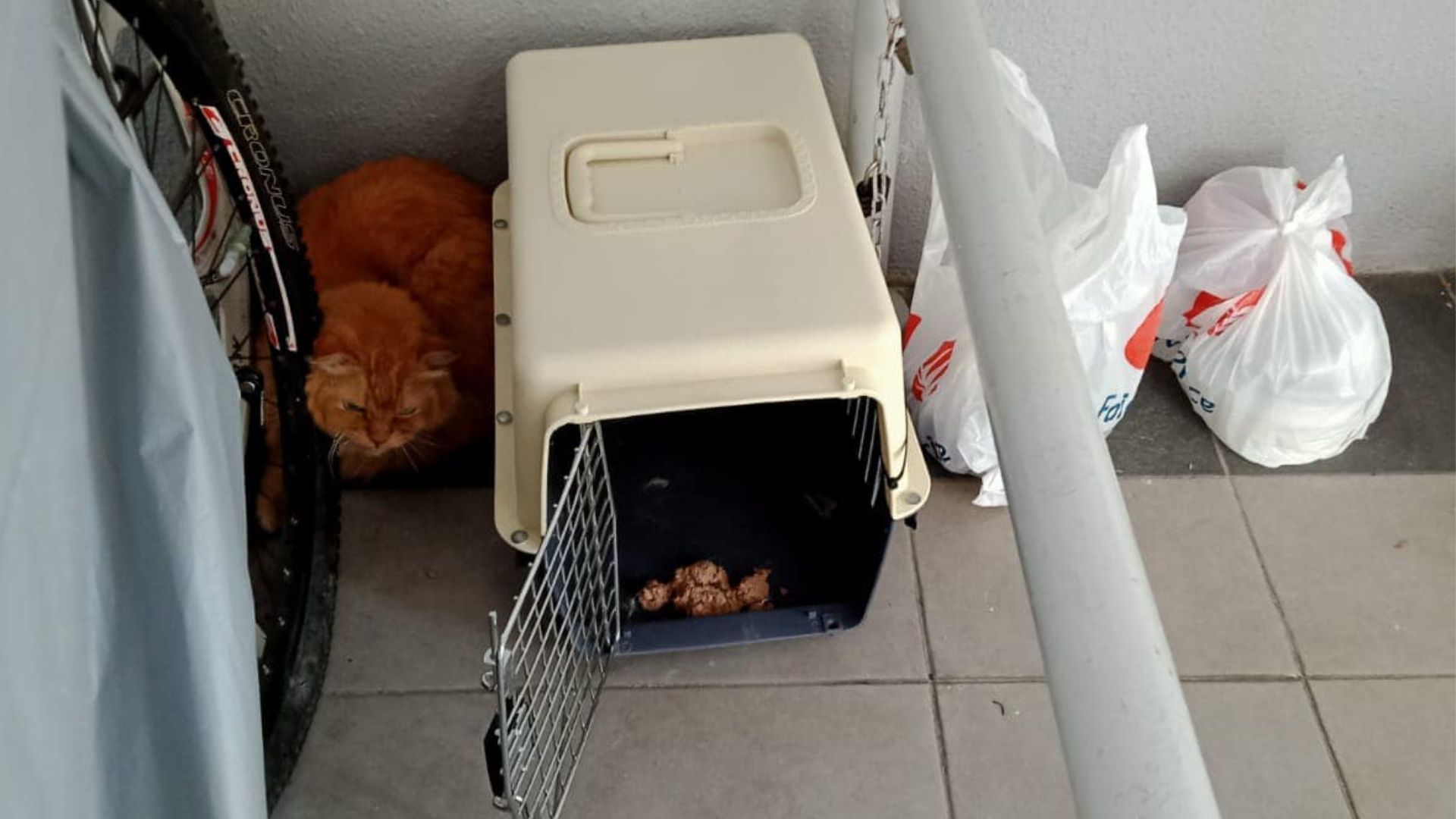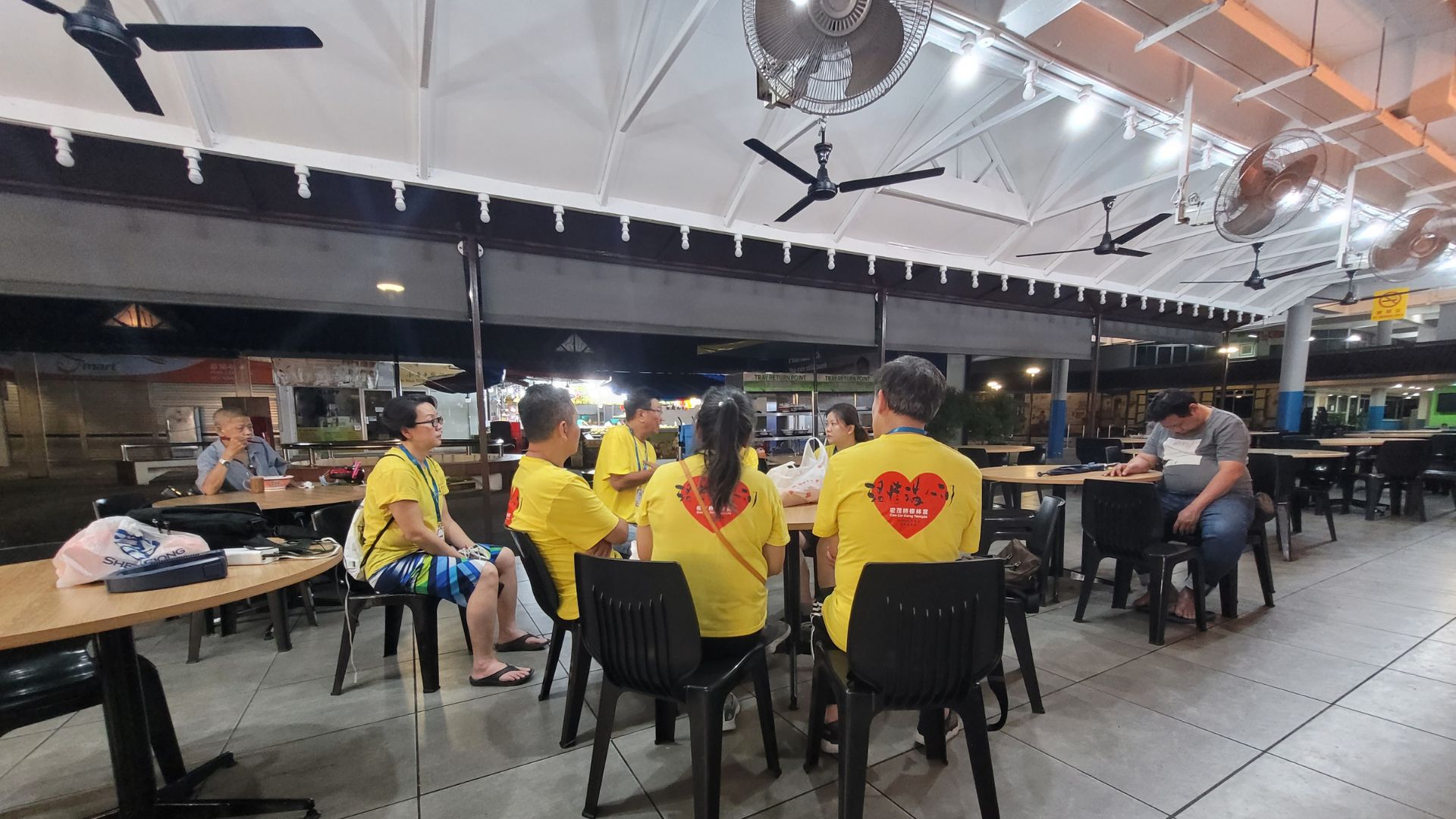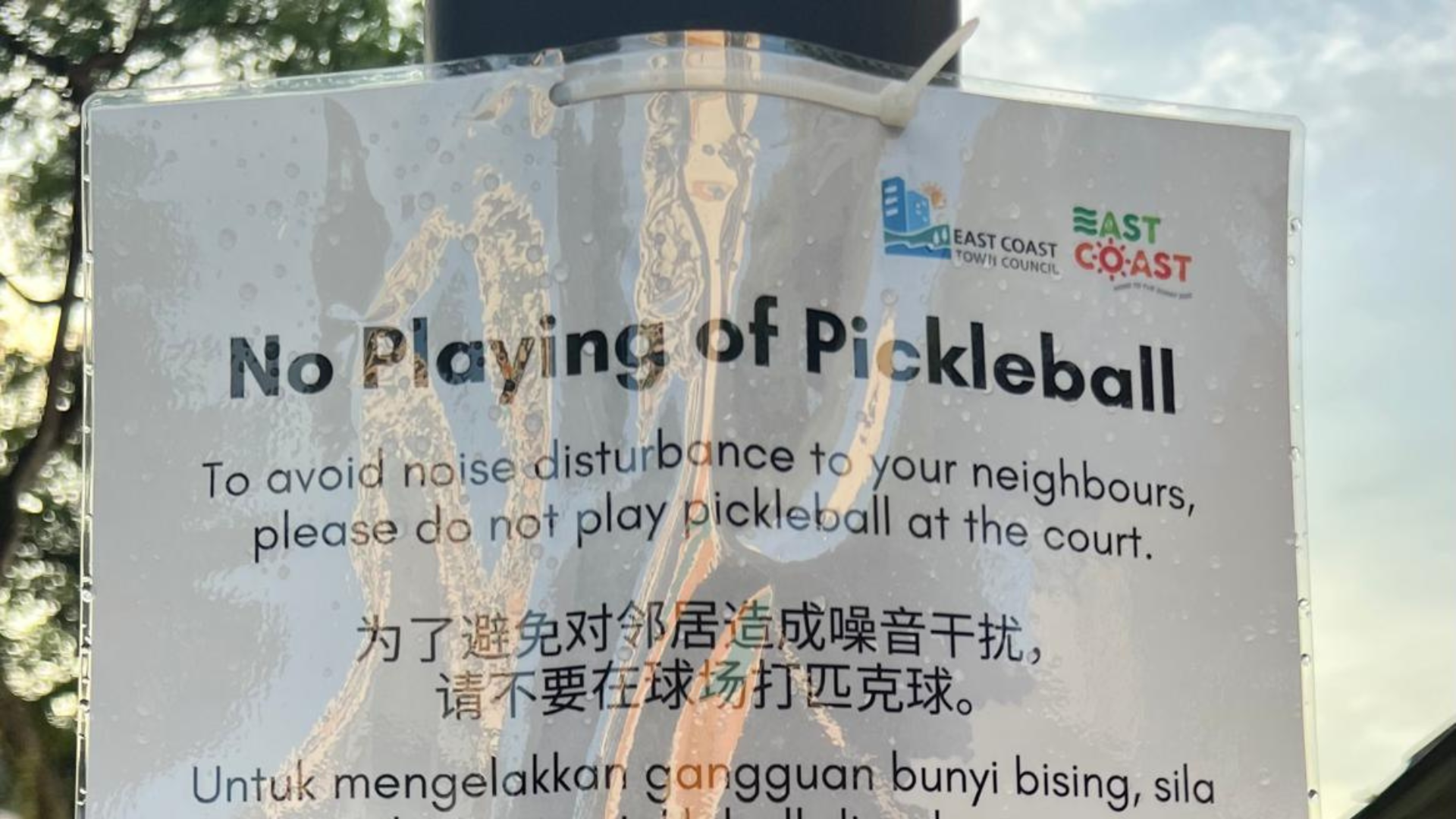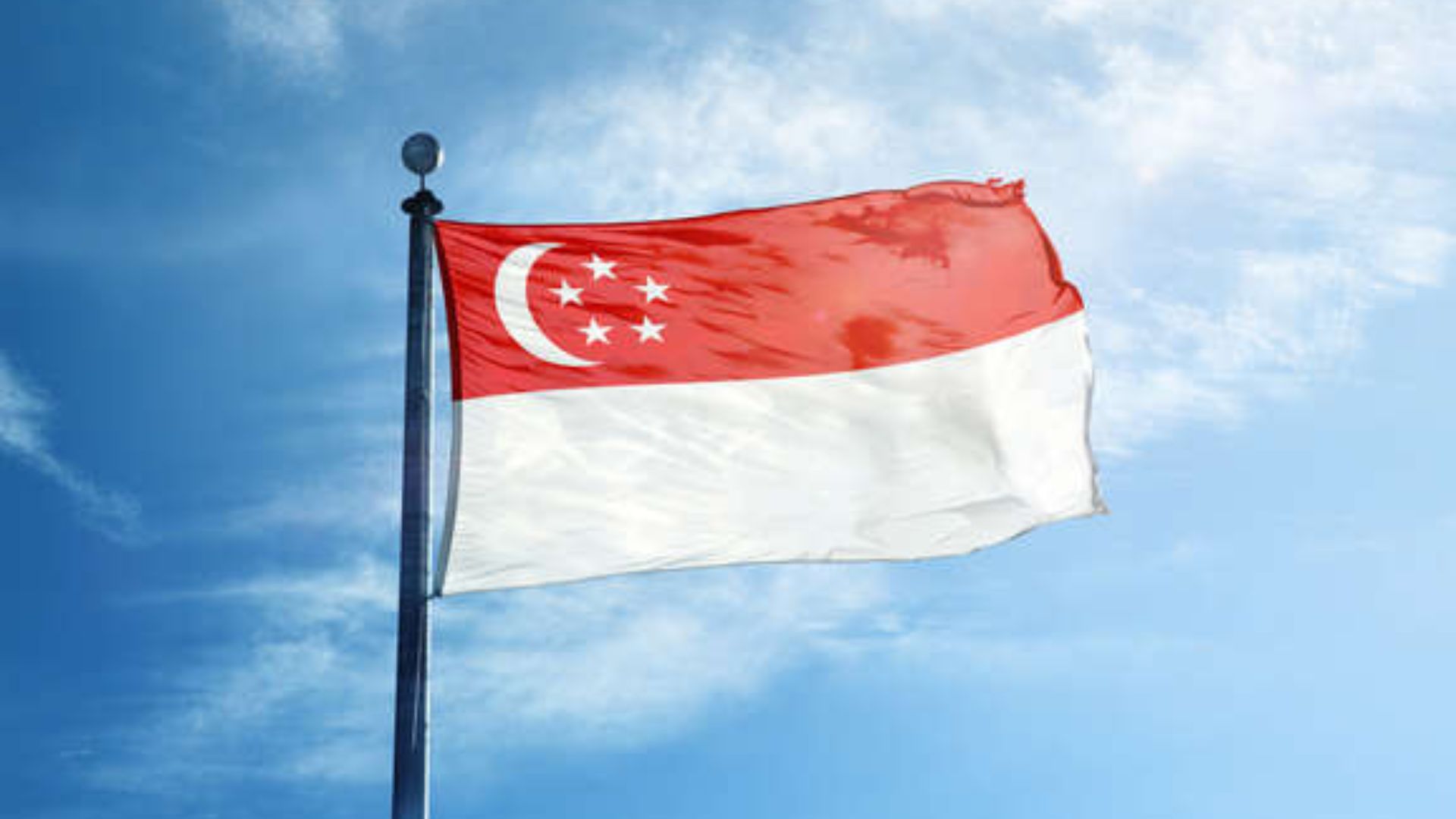On 13 March, the Nature Society (Singapore) and Cicada Tree Eco-Place launched their joint-publication, titled Pang Sua Woodland: Sanctuary Unveiled Along the Rail Corridor. The book calls for the protection and conservation of the woodland – by rewilding it and naturalising the land, transforming it into a permanent public park with a winding stream, marshy ponds, and community orchards.
TheHomeGround joins Andrew Tay, a licensed nature guide, on a walk at Pang Sua, to catch a glimpse of what makes this land so special.
Sandwiched between the tall HDB buildings that make up the Choa Chu Kang and Bukit Panjang residential estates in north-western Singapore lies an unassuming patch of greenery.
On one side sits uninterrupted grasslands, with only a faint trail etched by thousands of footsteps hinting at what used to be the tracks of the former Malayan Railway (now known as the Rail Corridor); on the other end a scatter of trees, with the occasional worn stump, a memorial to the thriving woodland it once was.
This is Pang Sua Woodland, an eight-hectare plot home to over 40 species of birds, 36 species of butterflies, and numerous other species of flora and fauna.
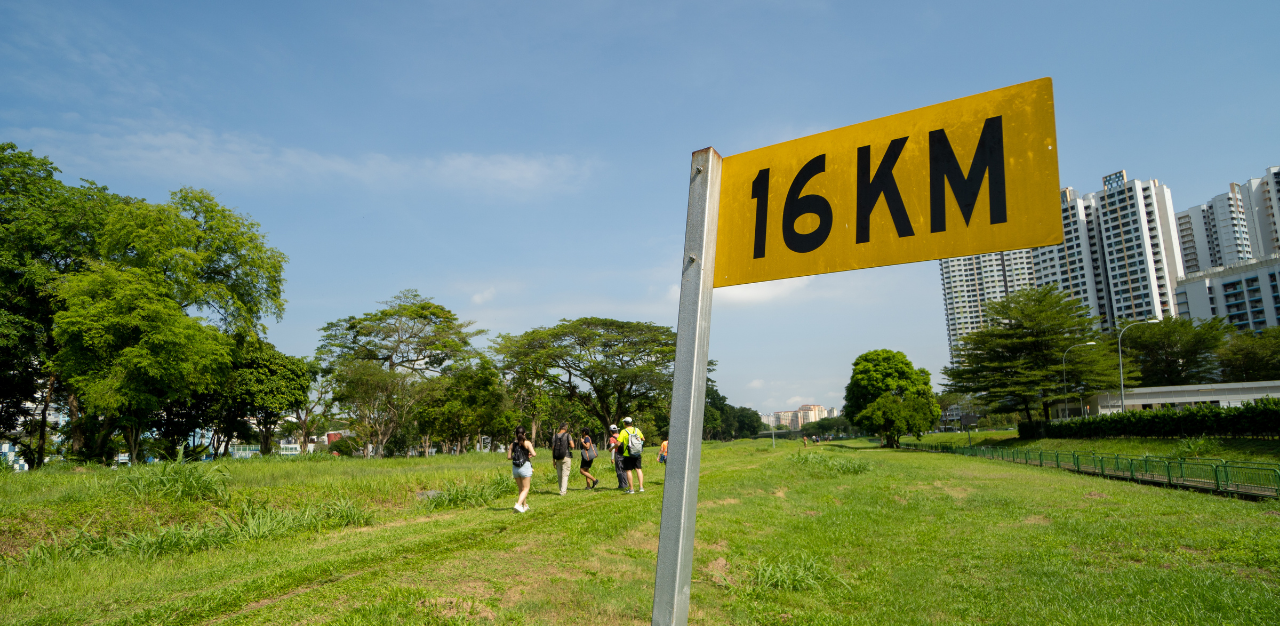
First impressions
Our journey through Sungei Pang Sua begins at Junction 10, formerly known as the Ten-Mile Shopping Complex, its name a reference to the 10th-mile mark of the former Malayan Railway.
Our guide, Andrew Tay, who is also an Executive Committee Member of the Cicada Tree Eco-Place (CTEP), leads us on a brief three-minute walk to where the Rail Corridor begins. Already, he points out a pair of zebra doves. Apparently, the pair are frequent visitors to the woodland, and belong to a larger family of four. After snapping a few shots of the birds, we proceed on our way.
To my untrained eyes, Sungei Pang Sua is underwhelming at first. The woodlands I had in mind comprised dense thickets and towering trees, not the tattered landscape we meet with.
According to the book, this impoverished landscape is due to how much undergrowth has been cleared since 2018, alongside the levelling of a grassy and shrubby belt that had fringed the Rail Corridor. What I witness on the nature walk is a mere ghost of a more flourishing past.
Nevertheless, it has never done anyone any good to count their chickens before they hatch. I keep my hopes up as we embark on our walk, trusting the keen eyes of our guide to point out the abundance of flora and fauna promised.
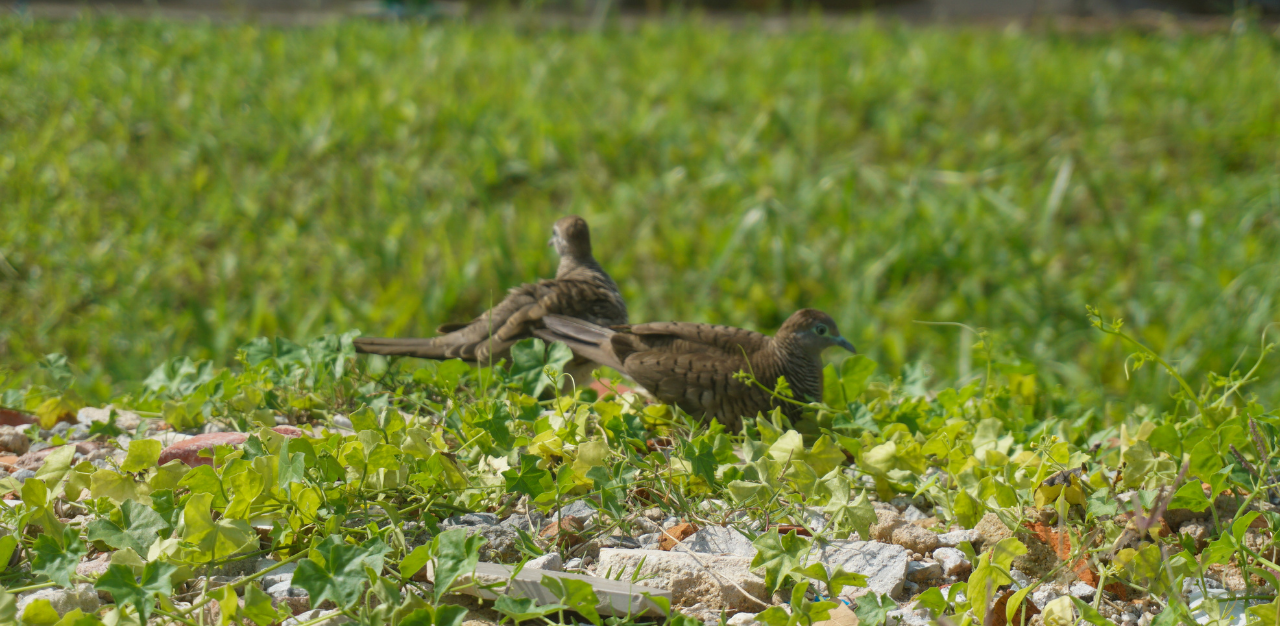
An oasis unbeknown to the untrained eye
Having someone well-versed in the biodiversity of Singapore, and Sungei Pang Sua, makes all the difference in the world. Throughout the walk, Mr Tay points out hidden gems easily glossed over by the uninitiated. From far-away birds, to a cloud of tadpoles in an idle puddle, and a whole assortment of trees, both native and imported – Mr Tay knows them all.
The supposedly 90-minute walk easily extends to a 150-minute affair, with the numerous stops we make to admire the wonders of the woodland.
As we trek across the rail corridor, Mr Tay points out collared kingfishers in the distance, their bright blue plume a striking contrast to the greenery. We pause as he identifies the melodious calls of the black-naped oriole; a short while later, we catch sight of its bright yellow coat, as it streaks through the trees.
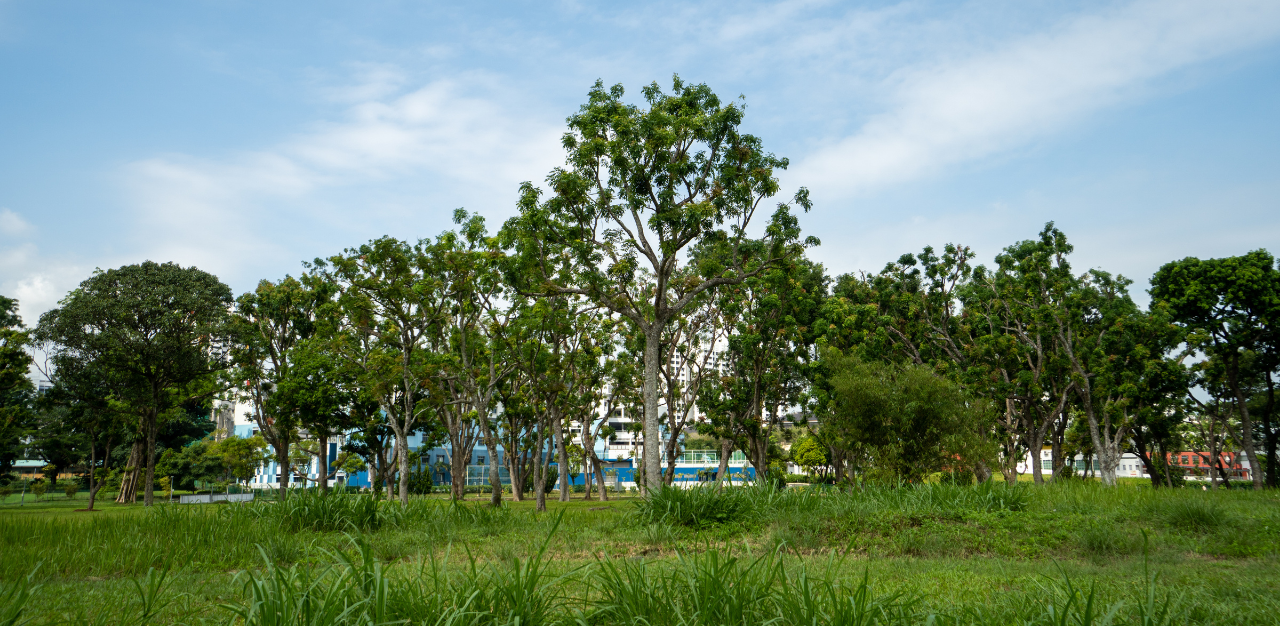
Walking along the corridor gives us an all-encompassing view of the woodland, as our intrepid guide highlights the different species of trees: The umbrella-shaped canopies of imported rain trees, the Senegal mahoganies that stand proud and tall, the blooms of pink on the trumpet tree, and more.
Here’s an interesting fact: squirrels build nests too! Mr Tay identifies two such nests, otherwise known as dreys, and one more that he speculates is the home of a crow.
Along the way, he also singles out a number of six-legged critters, including grasshoppers, a day-flying moth masquerading as a wasp, and different species of grassland butterflies (grey, blue, and peacock pansies).
Overhead, starlings take to the skies in their daily forage for food, darting across the blue as they ingest insects too small for us to see. Beyond, two changeable hawk-eagles circle, hunting for easy prey.
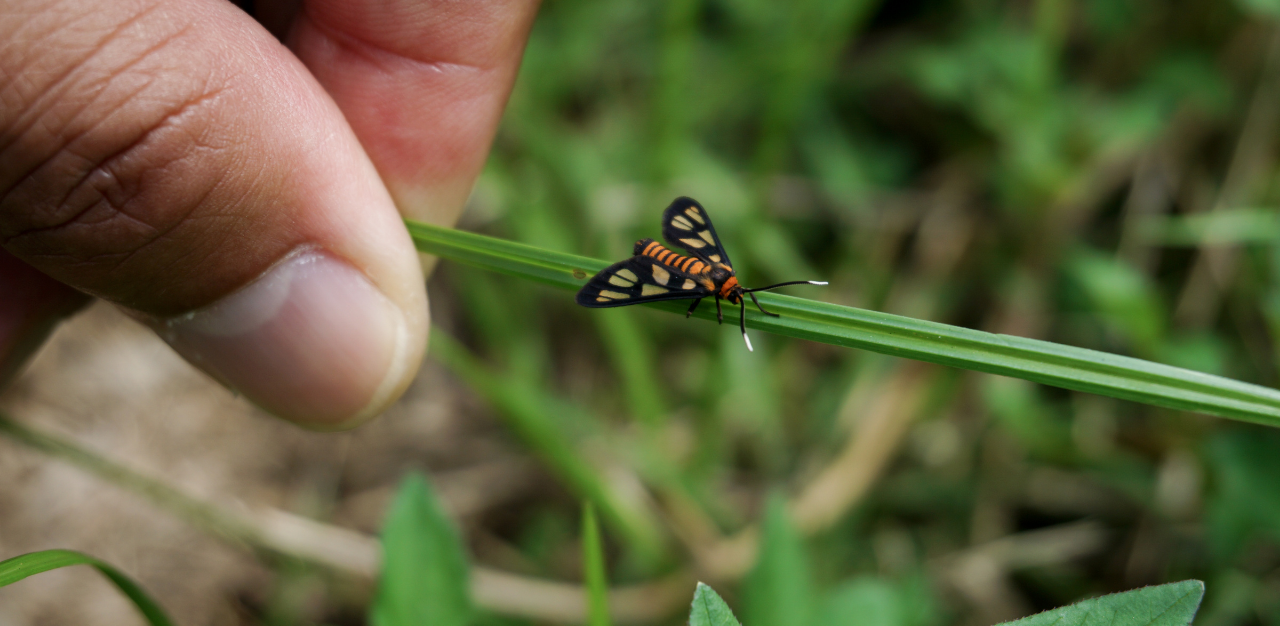
We continue our journey along the Rail Corridor, with Mr Tay regaling us with information on the different types of vines and vegetation present. He excitedly turns our attention to a small patch of cultivation, likely planted by a nearby resident, thriving with edible fruits and vegetables. In fact, the woodland itself boasts a range of fruit trees and vines, including durian, jackfruit, breadfruit, fig, dragon fruit, and more.
As we circle back on the woodland, I welcome the shade provided by the trees. The walk back is much quicker with the knowledge that we are running severely overtime, but our leader readily ventures into the undergrowth to pick out interesting flowers for us to admire. We also spot our first (and only) reptile, the changeable lizard, as well as the adorable yellow-vented bulbul.
No words suffice to describe the hidden wonders of Pang Sua Woodland. If anything, my two-hour journey has served to pique my curiosity on what more we could find within, and what more we would stand to gain if the area was conserved and rewilded.
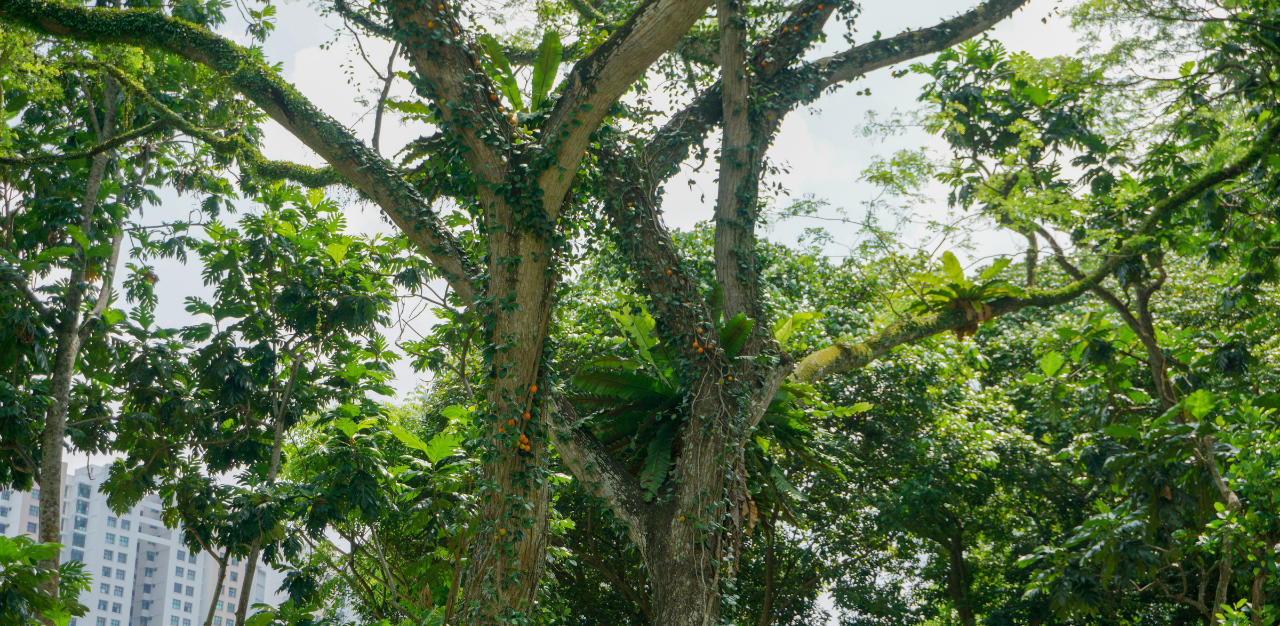
The ecological importance of Pang Sua Woodland
Dr Ho Hua Chew, Vice President of Nature Society (Singapore) (NSS), confirms my sentiments: That what is present in the woodland today is a fraction of what could be if the area was conserved.
In the past few years, he recounts that much of the wild grasses, shrubs, ferns, and small trees have been cleared, as well as the trimming of branches of the bigger rain trees and Senegal mahogany. This has resulted in the woodland looking neat, but lacking in undergrowth and canopy cover.
Dr Ho explains, “[The woodland becomes] rather unattractive to a lot of forest/woodland wildlife like the rufous-tailed tailorbird, dark-necked tailorbird, pin-striped tit-babbler, [and so on].”
But hope is not lost: “This situation can be reversed given time, and if clearance and tripping [are to stop] completely. The woodland can be enhanced further to make it more attractive.”
Beyond protecting the biodiversity in Singapore, the Pang Sua Woodland is a crucial plot given its geographical position in the north-western part of Singapore. According to Dr Ho, “It serves as an important stepping stone or conduit for wildlife movement and dispersal from the north (like Kranji Woodlands) to the south (like Bukit Gombak forest) along the Rail Corridor, and vice versa.”
By conserving the space, it can potentially benefit various endangered species, including the Sunda pangolin and straw-headed bulbul.
Furthermore, Simon Chan, a landscape officer at Khoo Teck Puat Hospital, points out a unique characteristic of Pang Sua Woodland that contributes to its extensive biodiversity. It comprises four types of habitat within a small area: Urban gardens, grasslands, mangroves, and secondary forests. Conserving this space will thus enable flora and fauna belonging to all of these habitats to find a home in this oasis.
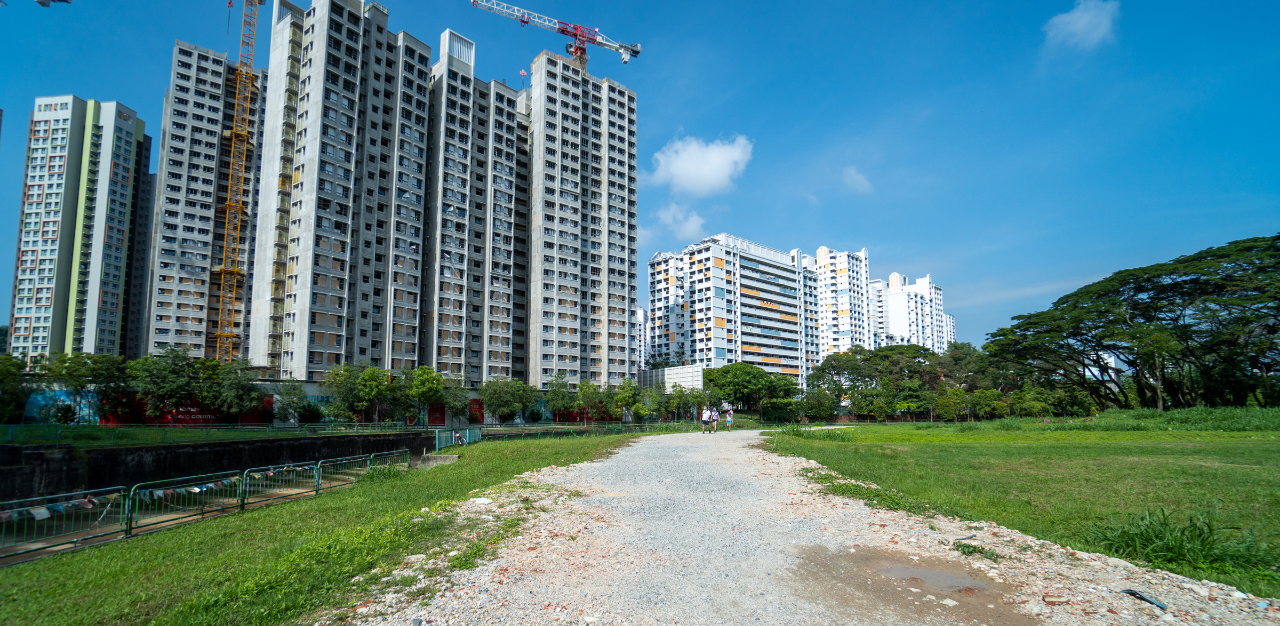
Conserving the idyllic landscapes of Singapore
When it comes to creating a ‘City in Nature’, it is not just large, dense forests like Clementi Forest and Dover Forest that should be considered. Even the quaint Pang Sua Woodland can have a vital role in ensuring the continued vibrancy of Singapore’s ecology and biodiversity.
What the NSS and CTEP are proposing is to naturalise the land that has been gradually taking on a manicured image, as undergrowth has been cleared and branches trimmed, creating a landscape similar to Bishan-Ang Mo Kio Park.
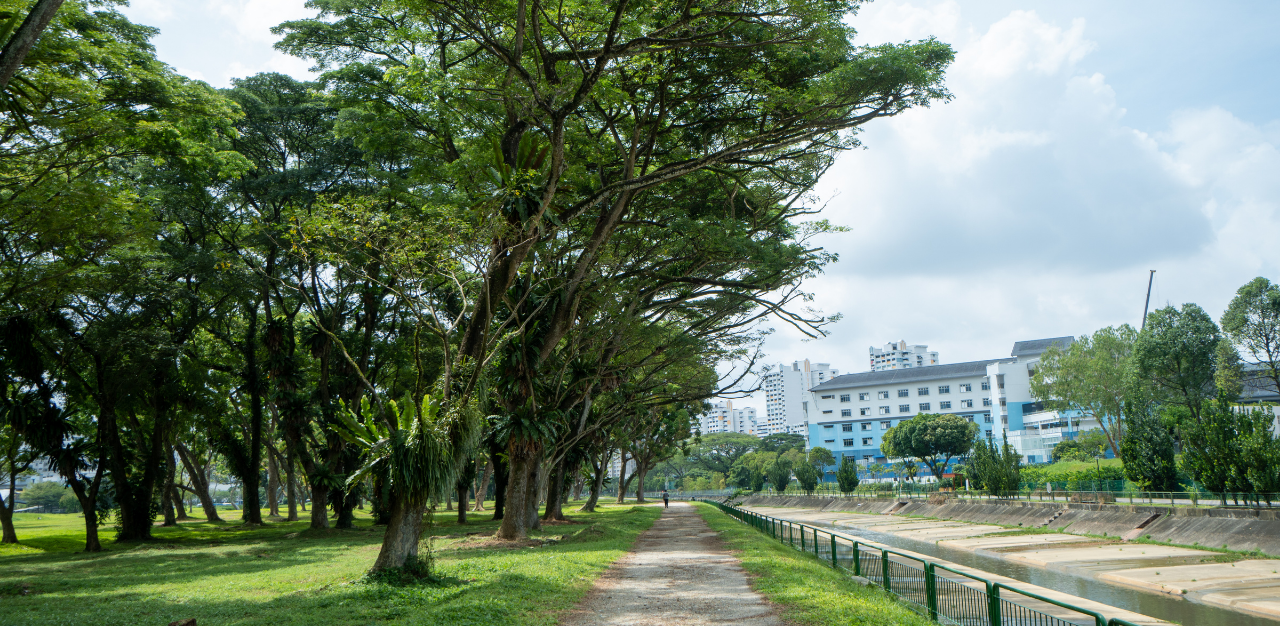
With the land slated for residential development, it is still up in the air what will become of it, but this two-hour journey has convinced me that losing it will be a huge loss to Singapore’s idyllic landscape, not to mention the impact it will have on our environment. If we are indeed serious about transforming Singapore into a ‘City in Nature’, perhaps it is time we re-evaluate the regard we have for our natural spaces.
If you would like to learn more about Pang Sua Woodland, the book is available for purchase. Otherwise, visit the woodland for an immersive experience, and bring your children along for a science lesson out of the classroom. Remember to keep your eyes peeled, for there lay many wonders within that may not be noticeable with a passing glance.
Join the conversations on THG’s Facebook and Instagram, and get the latest updates via Telegram.
